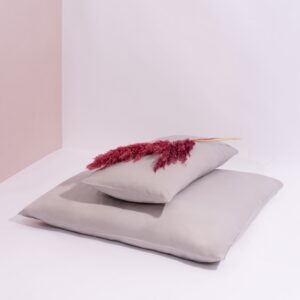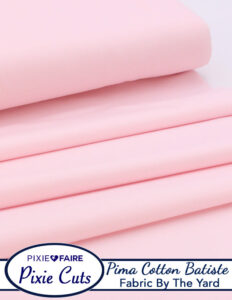How to Waterproof Wool and Nylon?
Introduction
Fabric compatibility is crucial in fashion and sewing, impacting both aesthetics and functionality. Wool and nylon are popular materials, each with unique properties, and pairing them can enhance garment performance. This article explores the compatibility of wool and nylon, offering insights into their properties, benefits, challenges, and care tips.
Compatibility Analysis
Yes, wool and nylon can be combined effectively. These fabrics complement each other well due to their distinct characteristics. Wool, a natural fiber, offers warmth and breathability, while nylon, a synthetic fiber, adds strength and water resistance. Together, they create durable and comfortable garments. Key factors include texture, weight, stretch, care requirements, and durability. Wool is soft and insulating, while nylon is lightweight and resilient, making them a versatile pair.
Fabric Properties Comparison Table
| Property | Wool | Nylon |
|---|---|---|
| Fiber Content | Natural | Synthetic |
| Weight and Thickness | Medium to heavy | Light to medium |
| Breathability | High | Moderate |
| Moisture-Wicking | Excellent | Good |
| Stretch and Elasticity | Low to moderate | High |
| Wrinkle Resistance | Moderate | High |
| Care Instructions | Hand wash or gentle cycle, air dry | Machine wash, tumble dry low |
| Durability | Good | Excellent |
Benefits of Mixing These Fabrics
Combining wool and nylon enhances texture and visual interest, creating garments with improved comfort and performance. The blend offers better drape and movement, making it ideal for both fashion and home decor. Additionally, this pairing is cost-effective and seasonally versatile, allowing for innovative design possibilities.
Potential Challenges
Mixing wool and nylon presents challenges, such as different shrinkage rates and conflicting care requirements. Texture clashes or pilling may occur, and seam puckering can be an issue. Color bleeding or fading is another concern. To address these, pre-wash fabrics, use appropriate thread, and consider interfacing to stabilize seams.
Sewing & Styling Tips
When sewing wool and nylon together, use a universal needle size 80/12 and polyester thread for strength. Interfacing and stabilizers can help manage stretch and prevent puckering. Finish seams with a serger or zigzag stitch for durability. Choose patterns that accommodate both fabrics, such as tailored jackets or skirts. For styling, mix textures for a chic look or use in home decor for cozy yet durable furnishings.
Care & Maintenance Guide
For wool and nylon blends, wash in cold water on a gentle cycle and air dry to prevent shrinkage. Iron on a low setting with a pressing cloth to avoid damage. For stain removal, treat wool with mild detergent and nylon with a gentle stain remover. Regular care will maintain the blend’s appearance and longevity.
FAQ Section
-
Can you wash wool and nylon together?
Yes, use a gentle cycle and cold water to prevent damage. -
Will wool shrink more than nylon?
Wool is more prone to shrinkage, so handle with care. -
What needle size should I use for sewing wool and nylon together?
A universal needle size 80/12 works well. -
Can you mix wool and nylon in one garment?
Absolutely, they complement each other in terms of strength and warmth. -
How do you prevent pilling when combining these fabrics?
Use a fabric shaver and avoid excessive friction during wear. -
Is it okay to mix wool and nylon for upholstery?
Yes, they provide durability and an appealing texture. -
What’s the best way to finish seams with wool and nylon?
Use a serger or zigzag stitch for a clean finish.
By understanding the properties and care requirements of wool and nylon, you can create garments and decor that are both stylish and functional. This guide provides the insights needed to successfully combine these fabrics, enhancing your sewing projects with creativity and practicality.



Leave a Reply